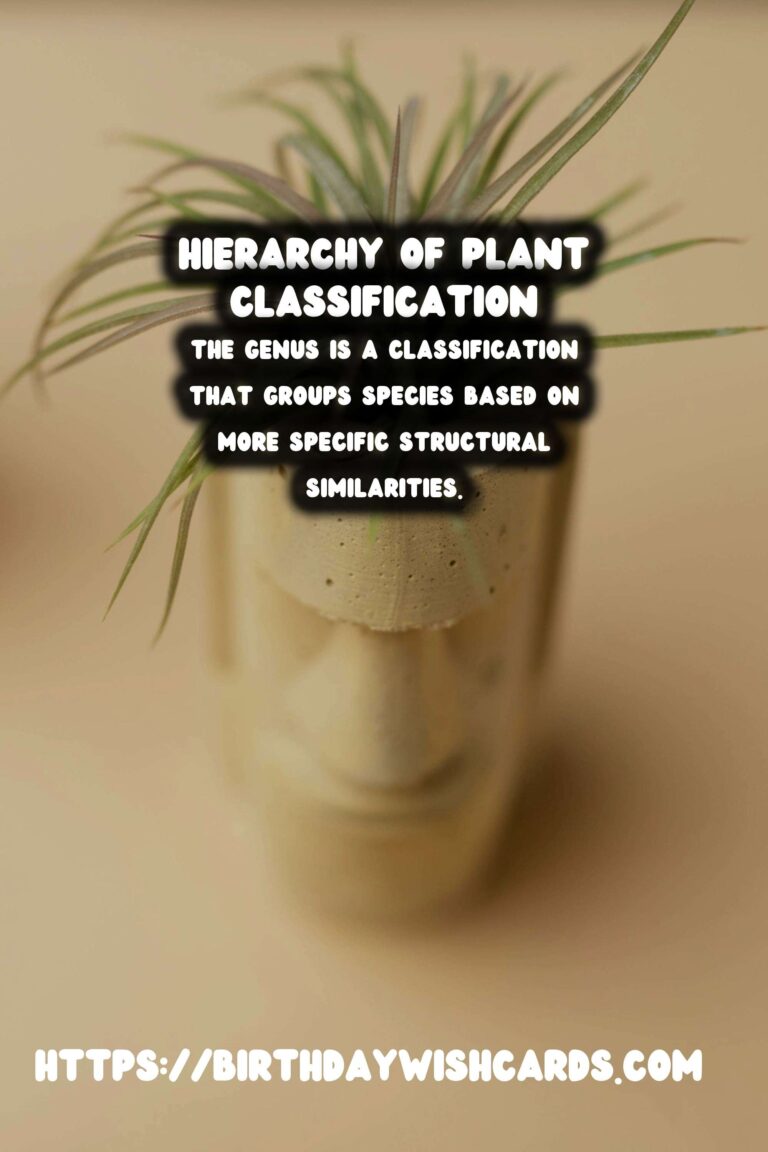
The classification of plants is a critical aspect of botany that helps scientists, horticulturists, and plant enthusiasts understand the complex relationships between different types of plants. This classification system involves several hierarchical categories, primarily including family, genus, and species. Each of these categories provides unique insights into the characteristics and evolutionary history of plants.
The Importance of Plant Classification
Plant classification is essential for the accurate identification and study of plants. It serves as a universal language that allows scientists to communicate effectively about plants, regardless of their geographical location. By categorizing plants, researchers can also make predictions about plant characteristics, behaviors, and ecological roles based on their classification.
Understanding Plant Family
The plant family is a high-level classification that groups together plants with significant structural and genetic similarities. Families contain multiple genera that share common traits, such as flower structure or leaf arrangement. An example is the Rosaceae family, which includes several well-known genera like Rosa (roses) and Malus (apples).
Family classification helps botanists and horticulturists organize plants into manageable categories, making it easier to study and understand large groups of related plants. It also aids in identifying and classifying new plant species by comparing them to known family characteristics.
Exploring Plant Genus
Within each plant family, there are multiple genera. The genus is a classification that groups species based on more specific structural similarities. It is the first part of a plant’s scientific name, known as the binomial nomenclature. For instance, in the scientific name Rosa canina, ‘Rosa’ is the genus.
The genus classification helps differentiate plants with similar structural features but different species. It is crucial for plant breeders and researchers who are interested in studying specific plant traits or developing new plant varieties.
The Specificity of Plant Species
The species is the most specific level of plant classification and refers to individual plants that are capable of interbreeding to produce fertile offspring. The species name follows the genus in the binomial nomenclature. For example, in Rosa canina, ‘canina’ is the species name.
Species classification is important for understanding the diversity and adaptability of plants. It helps scientists track genetic variations, study evolutionary processes, and conserve biodiversity. Understanding species differences is also critical for agriculture, as it influences plant breeding and crop management strategies.
The Role of Taxonomists in Plant Classification
Taxonomists are scientists who specialize in classification. They use a combination of morphological, genetic, and biochemical analyses to categorize plants accurately. Their work is essential for updating and refining plant classification as new discoveries and technologies emerge.
Taxonomists also contribute to the creation of comprehensive plant databases and identification keys, which are invaluable resources for researchers, educators, and anyone interested in plant sciences.
Conclusion
Understanding plant classification is fundamental to the study of botany and ecological sciences. By learning about the family, genus, and species, we gain insights into the intricate relationships and evolutionary history of plants. This knowledge not only enhances our appreciation of plant diversity but also informs conservation efforts and agricultural practices.
Whether you are a professional botanist or a casual plant enthusiast, understanding the basics of plant classification can enrich your knowledge and enjoyment of the plant world.
Plant classification is a critical aspect of botany that helps understand the complex relationships between different types of plants. The classification system involves several hierarchical categories, including family, genus, and species. Family classification groups together plants with significant structural and genetic similarities. The genus is a classification that groups species based on more specific structural similarities. Species is the most specific level of plant classification, referring to individual plants capable of interbreeding. Taxonomists use morphological, genetic, and biochemical analyses to categorize plants accurately. 
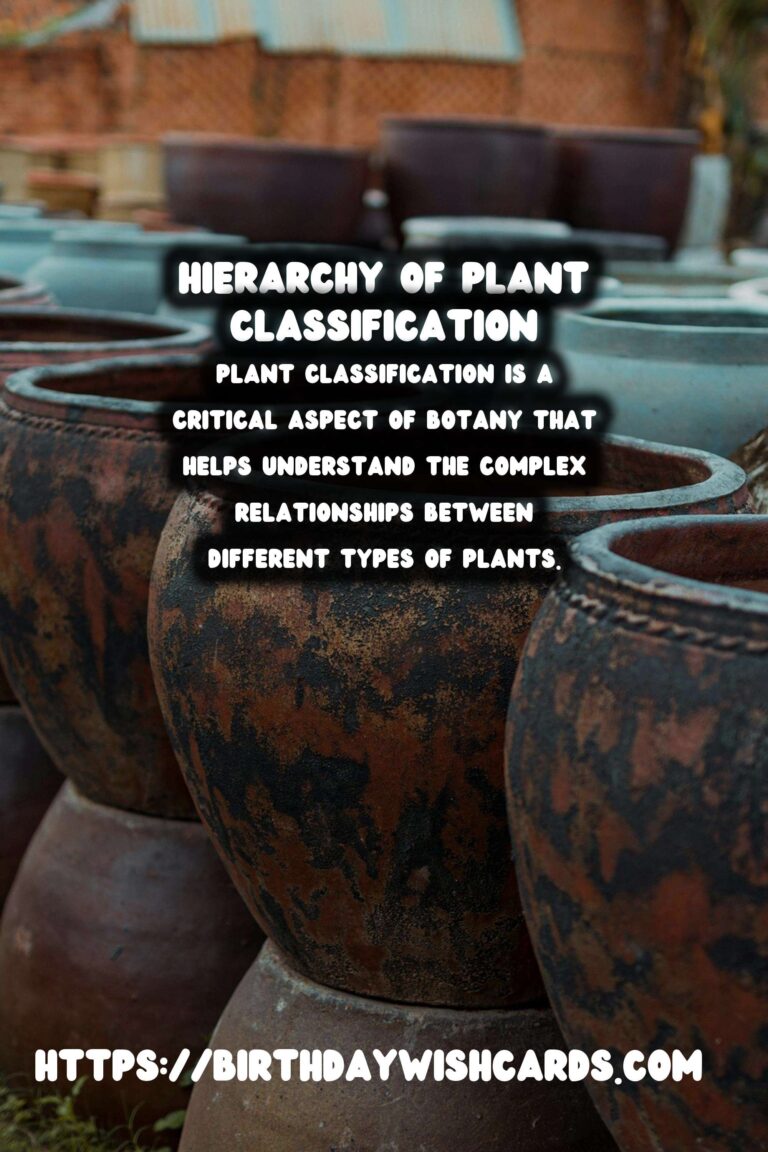
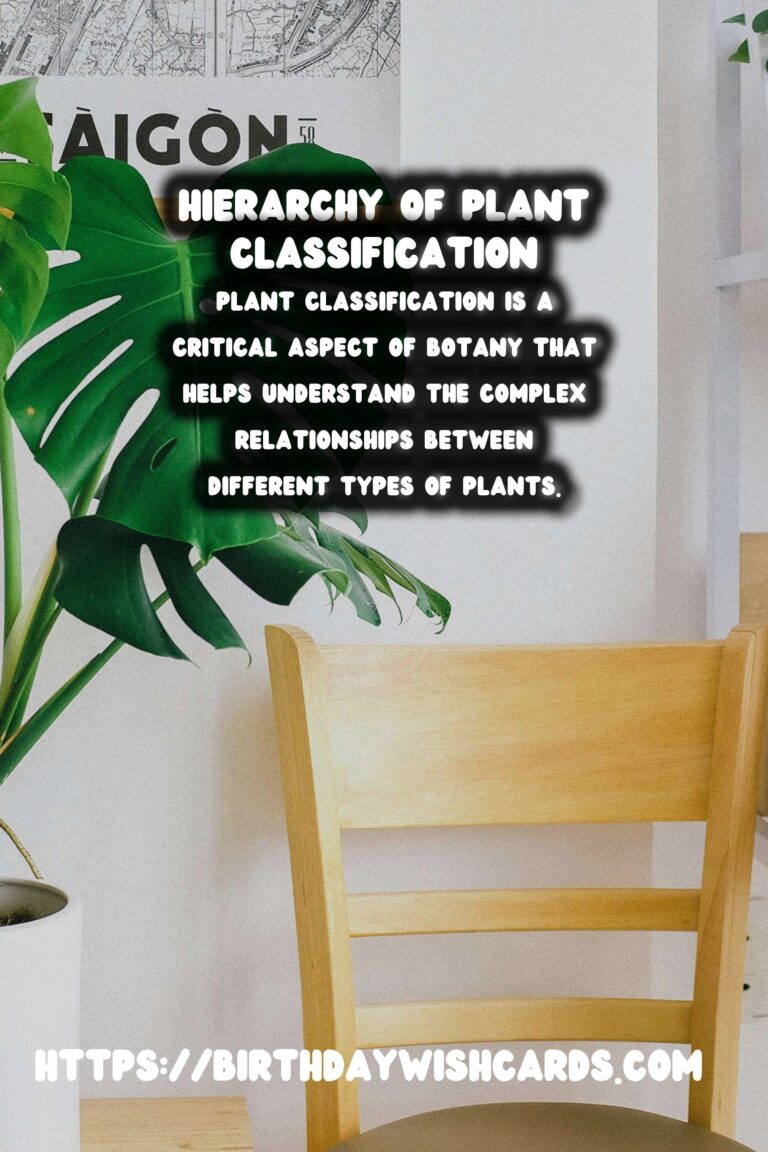
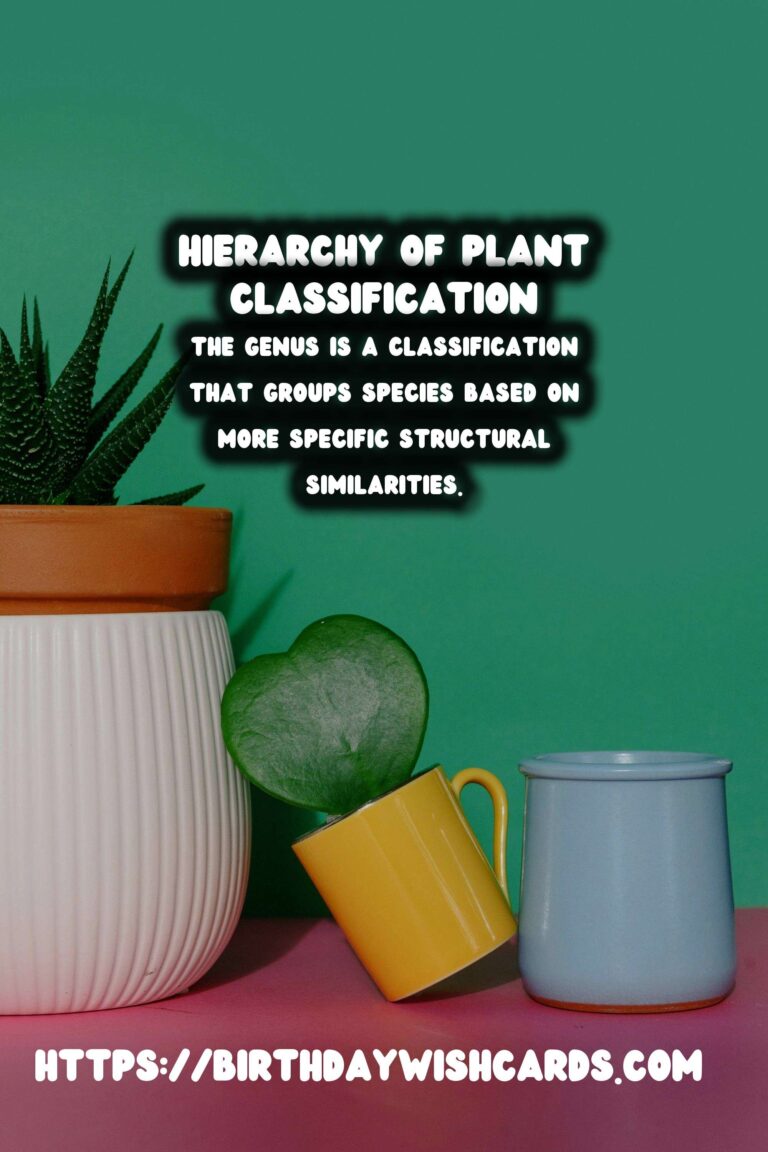
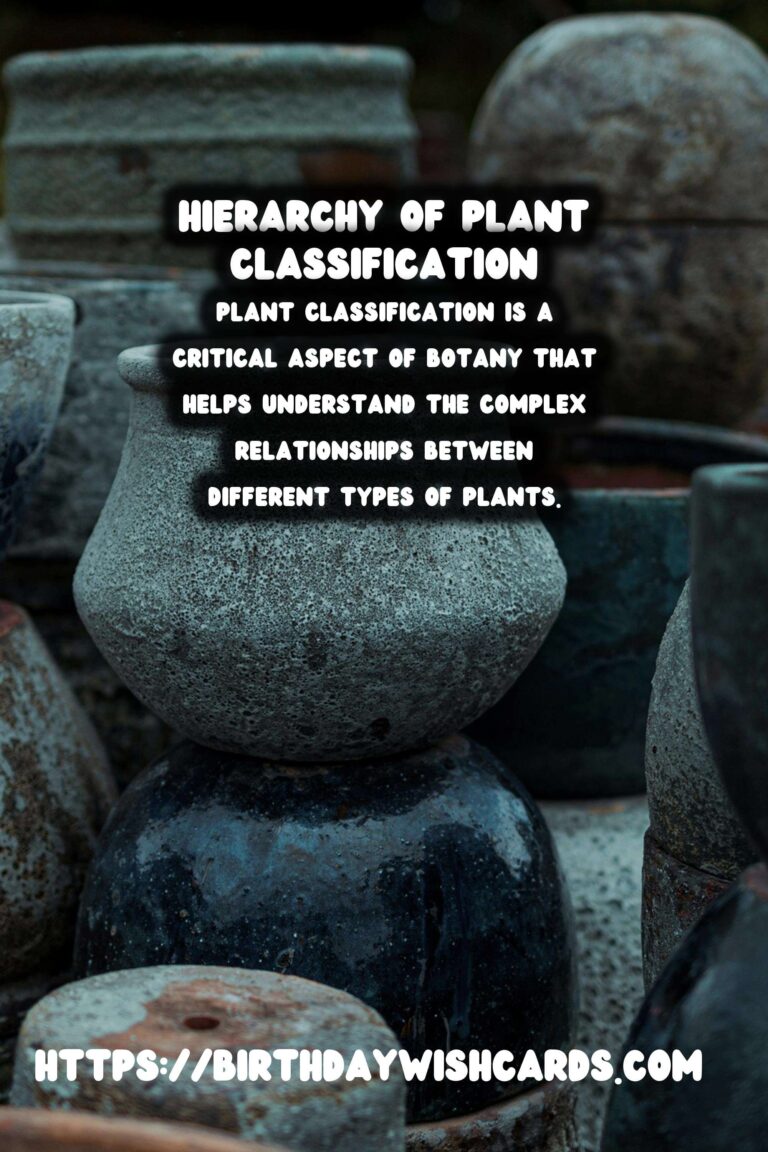

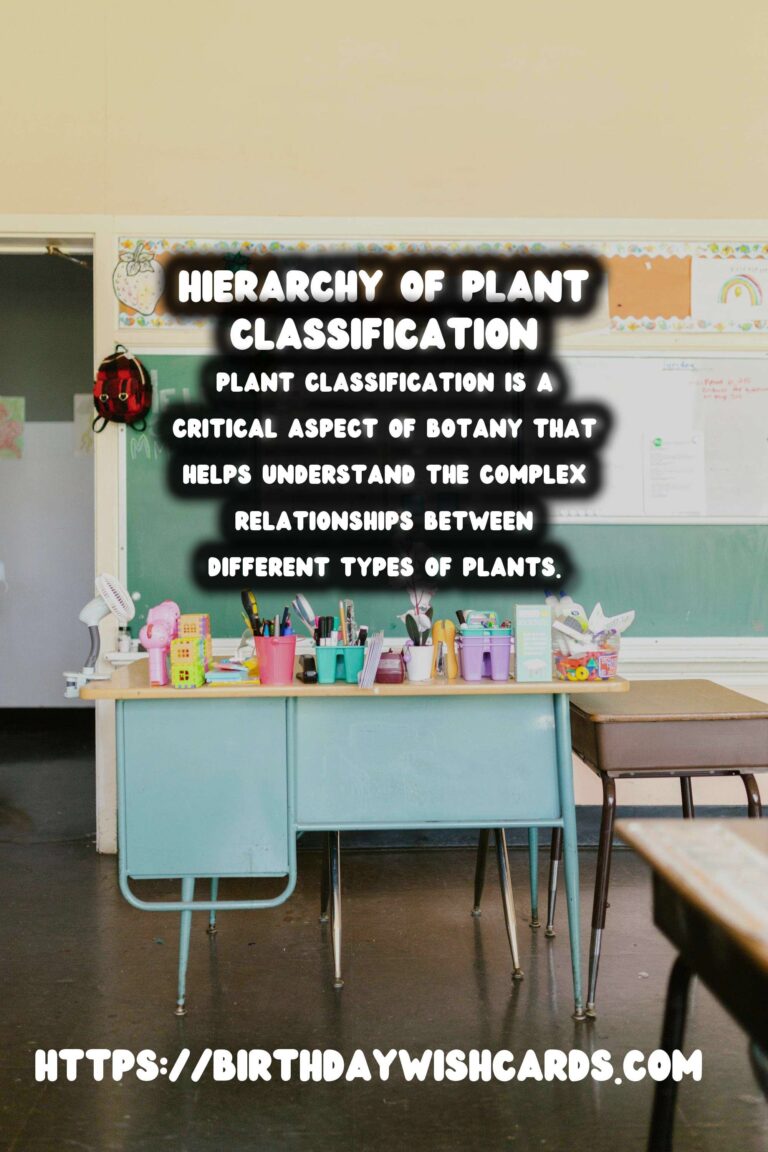

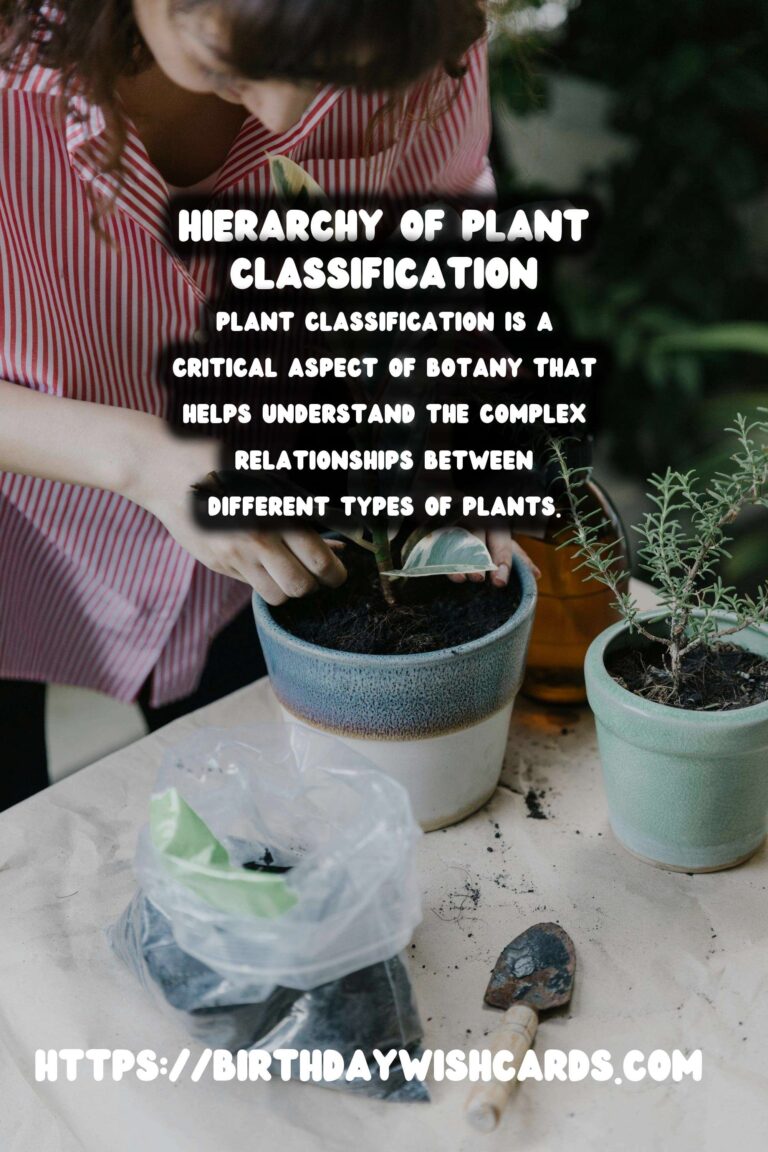
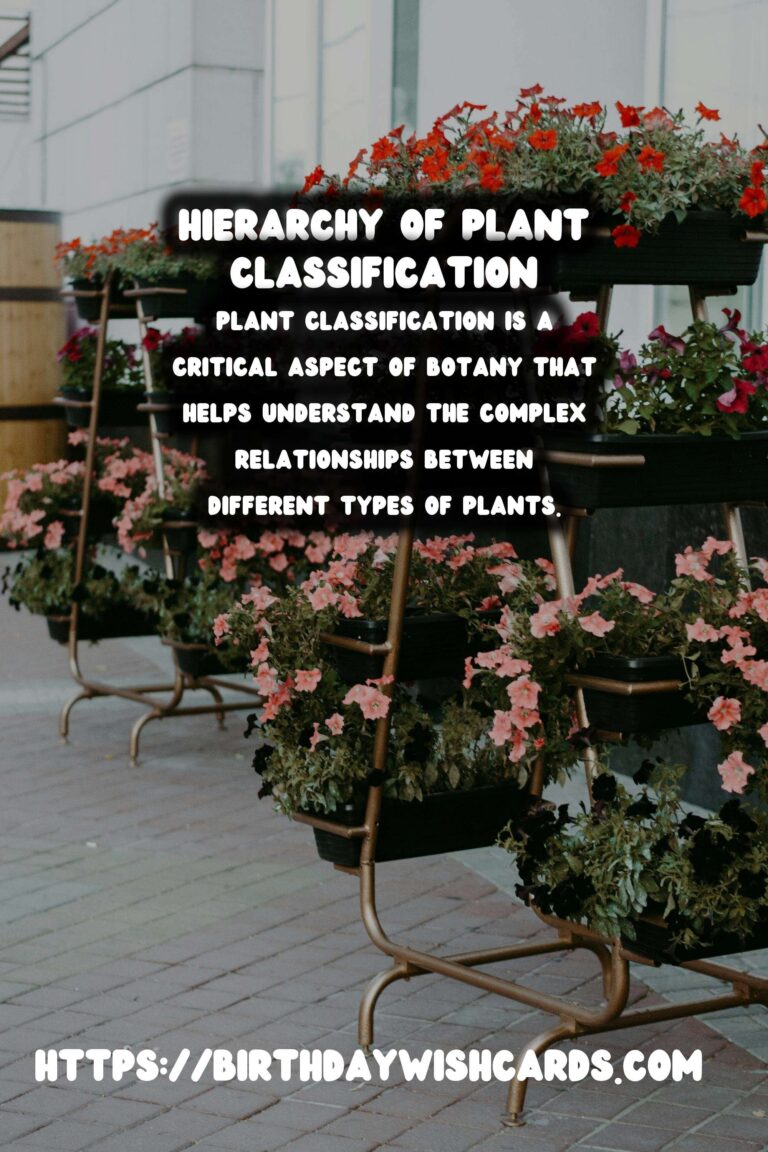
#PlantClassification #Botany #PlantFamily #PlantGenus #PlantSpecies




